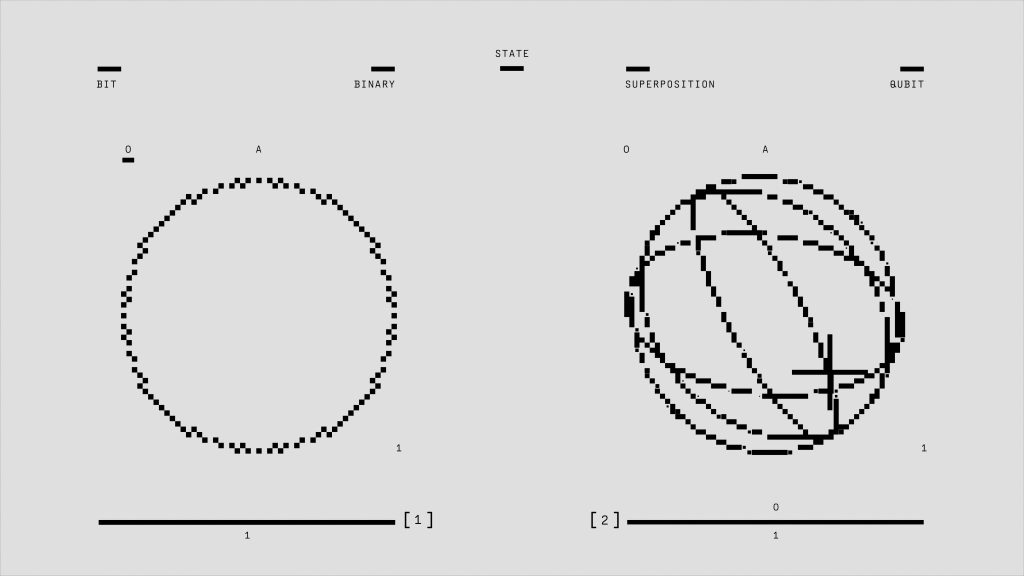Troubleshooting Persistent Keyboard Issues: A Guide for Windows Users
If you’re experiencing unusual behavior with your keyboard—such as random keystrokes, ghost inputs, or unintended openings of applications like Windows Media Player or the search bar—it can be both frustrating and confusing. Many users encounter problems that seem linked to drivers, regional hardware differences, or software conflicts, especially when using peripherals purchased in different countries.
Understanding the Symptoms
Common symptoms include:
– Repeated random characters or commands (e.g., “ZX*”, “ltw19”).
– Unintended launching of programs or system features.
– Persistent input issues that do not occur when the keyboard is unplugged.
– Variability in behavior when switching between computers, even if identical hardware is involved.
Possible Causes and Considerations
-
Driver Compatibility and Regional Variations
Keyboard drivers and firmware can sometimes cause compatibility issues, especially when hardware is purchased internationally. Differences in regional keyboard layouts, driver versions, or firmware updates may introduce unpredictable behavior. -
Hardware Faults or Interference
Physical issues such as faulty keyboards, damaged cables, or electromagnetic interference can lead to erratic input. Testing the keyboard on different systems can help isolate hardware issues. -
Software Conflicts
Background applications or system settings might interfere with keyboard input. Malware infections, third-party software, or driver conflicts may also contribute to abnormal behavior.
Troubleshooting Steps
- Test with Different Hardware
- Disconnect the problematic keyboard and try using a different keyboard, preferably one that is known to work correctly.
-
Observe if the issue persists across multiple devices. If not, the hardware may be at fault.
-
Update or Reinstall Drivers
- Go to the Device Manager in Windows.
- Locate your keyboard device, then right-click and select “Update Driver.”
-
Alternatively, uninstall the device, disconnect the keyboard, restart your PC, and reconnect to allow Windows to reinstall the driver automatically.
-
Check for Malware or Conflicting Software
- Run a thorough antivirus and anti-malware scan.
-
Review startup programs and background processes that may influence input behavior.
-
Test on Different Systems
-
As observed, your keyboard behaves differently on another PC, which suggests a system-specific issue rather than hardware failure alone.
-
Consider Firmware Updates or Replacements
- Some keyboards have firmware upgrade options; check
Share this content:



